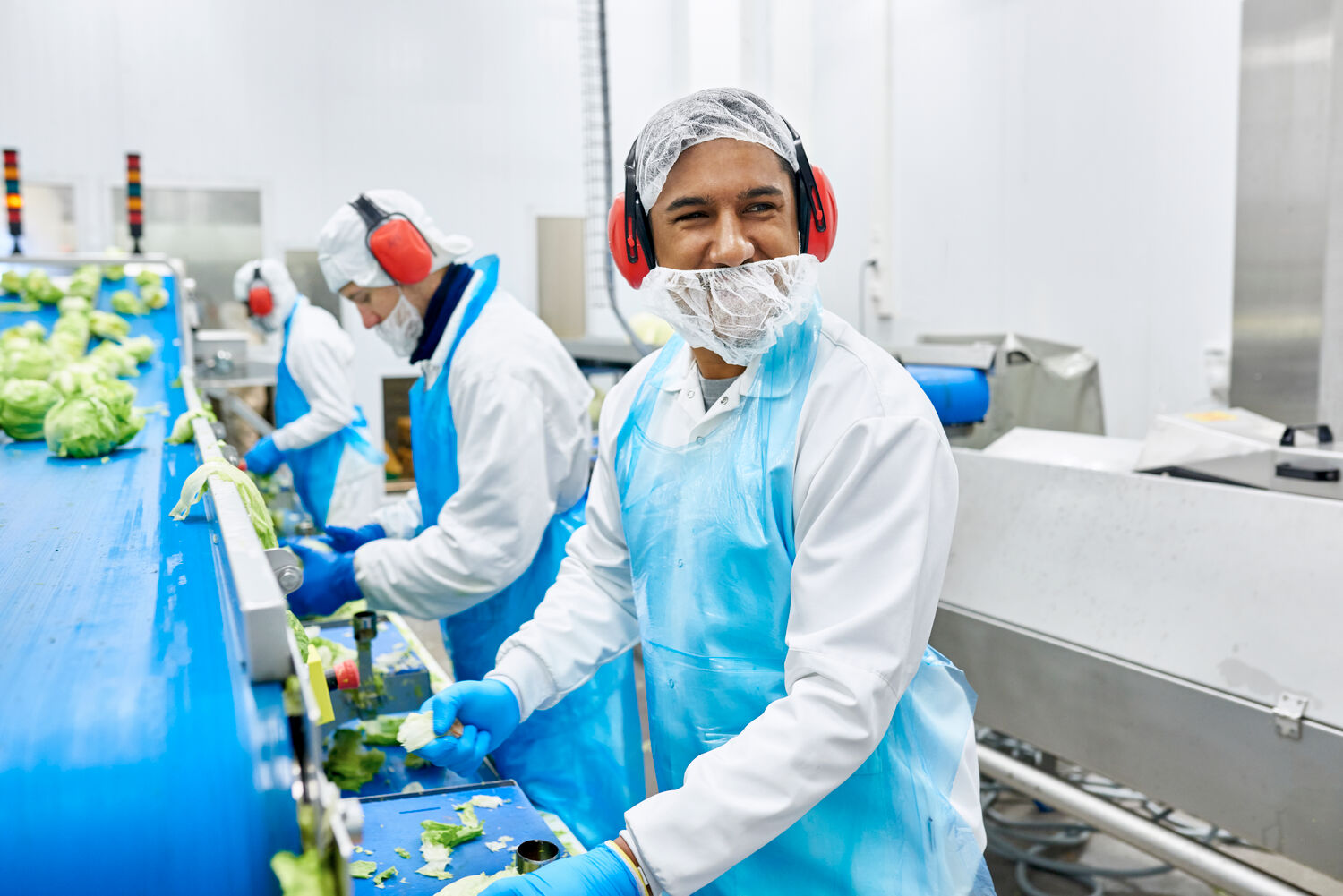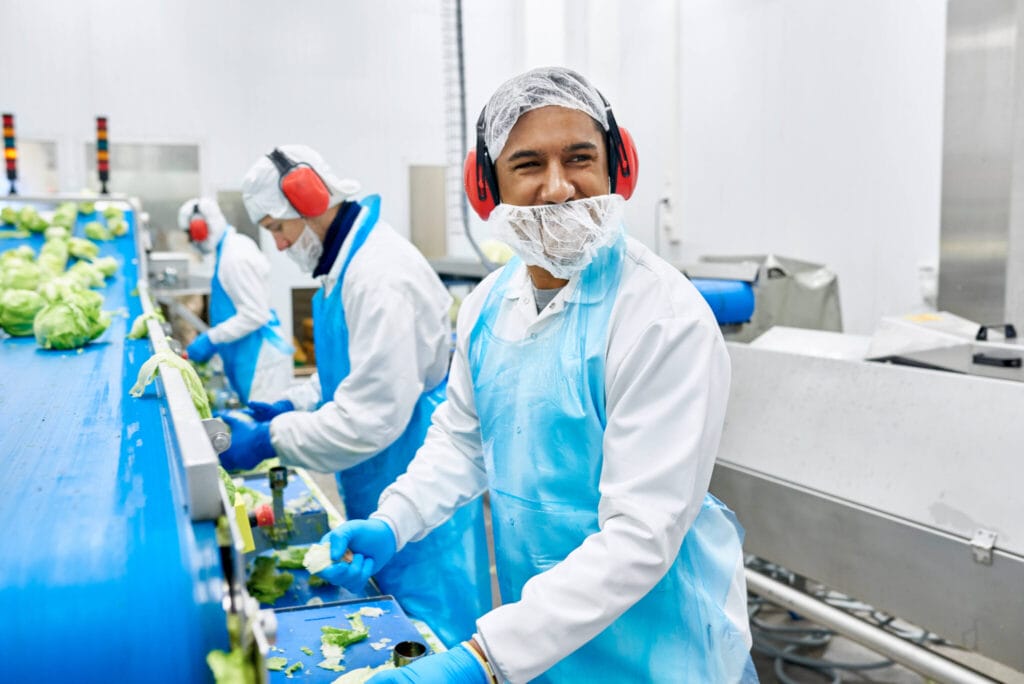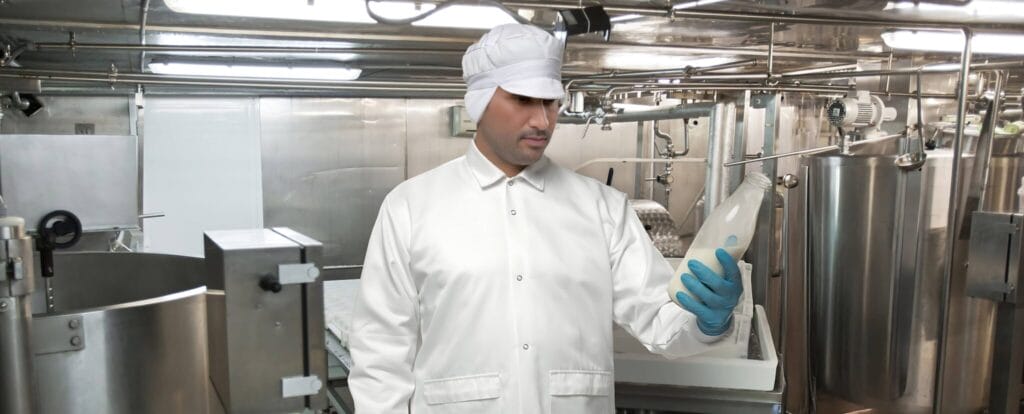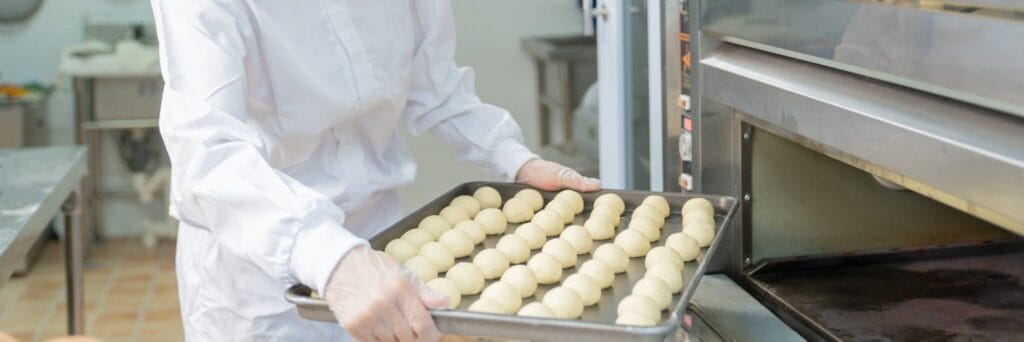
The significance of uniforms in the food industry
In the active and highly competitive food service industry, meeting the customer’s requirements related to hygiene, safety, and professionalism are core points. Obesity, high blood pressure, or diabetes become stable health conditions, and one measures healthiness preservation in terms of such parameters.
The article further emphasizes the issue of food service uniform protection and hygiene management in the food service industry and its effect on the total productivity and safety of food service institutions.
Hygiene and safety are a priority:
- Material Matters: One of the most significant factors in choosing food service garments is the fabric. The duties require a lot, and therefore, quality uniforms will mainly come with fabrics that are bacteria and other microorganisms. Such materials are also long-lasting and easy to wash, such that the outfits do not retain any dangerous germs. Subsequently, there is always a need to wash the uniforms to prevent the accumulation of any pathogens and the general contamination of the environment.
- Practical Design: The creation of food service uniforms is important because it helps to control the transmission of dirt and other unwanted materials. To avoid pockets for bacteria, snap buttons are used instead of the usual buttons, seams are closed, and all pockets are positioned below the waist. These design features protect the uniforms from getting soiled when the employees handle food.
Enhancing professionalism and brand image:
- Who Wears it Best? In association with cohesion uniforms helps in presentation of great professionalism for the business. Food service uniforms only add to the general outlook of the place and go a long way to convince the clients of the order and professionalism of the workers. A match of uniforms by any team shall tend to improve the beauty of the experience of the customers in a restaurant.
- Brand Representation: Furnishing uniforms with the concentration of the restaurants colors and logos serves to bolster brand name. Besides helping the customers identify the staff with ease, it also contributes to showcasing the establishment’s level of professionalism and cleanliness. Passable perception of consumers regarding uniforms, which are appropriate and aesthetic, causes the intent to come back again.
Promoting comfort and efficiency:
- Comfort and Fit: This brings a direct relation to the comfort and fitness of food service uniforms since employees have to carry out their duties in those uniforms. Factory defects such as poorly cut uniforms typically leave employees with no option but to feel uncomfortable on their workdays, and at maximum, such mobility restrictions could even cause injuries. Using light and airy fabric coupled with good fitting can go a long way in increasing the levies in the employee’s pockets.
- Durability and Maintenance: They have been made in such a way that the clothes worn by employees in the food service departments are prone to washdowns and to be in active use. Though uniforms that last will cost more in the beginning, such uniforms will save the monetary limits for employers in the future because they wouldn’t have to be replaced constantly. As for these types of garments, maintenance will also include proper professional cleaning, which will help preserve the uniform in a clean and in good condition and free of contaminants.
Essential components of food service uniforms:
- Gloves and Aprons: There are several kitchen items that are the most important, and gloves are one such item. They form a protective barrier between the skin and infectious contaminants during food serving or food preparation. There are also other types of gloves, such as cut-resistant gloves, which help in ensuring the safety of the users. Smocks and aprons help to keep caps and uniforms clean from any spills and dirt, lengthening the period of use of the garments below. It is also functional since it has additional pockets to put burdening but important things.
- Chef Uniforms and Headwear: Chef jackets are indeed a culinary must these days as they provide a level of protection as well as functionality, e.g. the pocket’s designs. Also hats, muddasars and other head covering articles help keep the food clean by wicking away hair sweat while preventing hair falling onto the food.
Conclusion:
In the food industry, the focus on garments that protect the food workers from the public, or the other way around, is not simply to look nice – it is an essential part of cleanliness, safety, and operational processes. More attention should be paid to the protective clothing in food industry, which is further provided with useful features as they help to create a safer and more united atmosphere in the workplace. In the end, the company gets better feedback from clients, gains more positive images and comes up with a food service business that performs more optimally.

Frequently Asked Questions (FAQ)
Uniforms act as a physical barrier that helps contain contaminants like hair, skin particles, and microorganisms. By designating specific uniforms for different production zones and ensuring regular laundering, food businesses can significantly minimize the risk of cross-contamination across processing lines.
Properly designed uniforms prevent the transfer of contaminants from employees to food products. . Antimicrobial fabrics along with closed seams plus minimal pockets are features for lowering the risk of harboring bacteria. The features additionally make for more secure food manufacturing.
Materials that are durable, easy to clean, and resistant to bacteria are ideal. To maintain hygiene standards, fabrics that can withstand high-temperature washes as well as fabrics possessing antimicrobial properties are commonly used.
Uniforms convey professionalism along with a sense of order with cleanliness to customers. Clean, branded uniforms worn by staff constantly signal commitment to food safety. The uniforms signal commitment to operational standards as well, which improves brand trust and credibility.
Key design elements include snap buttons instead of traditional ones to minimize contamination risks, closed seams to prevent bacteria accumulation, and strategically placed pockets below the waist to avoid contact with food.
Regular and proper laundering of uniforms is vital to eliminate pathogens and prevent contamination. Ensuring uniforms are clean and in good condition upholds hygiene standards and extends the lifespan of the garments.
Uniforms designed for functionality—such as easy donning and doffing, visible contamination alerts, and material suited for food-grade environments—make it easier for staff to follow hygiene rules. Safe behavior in production zones is reinforced along with reduced likelihood of accidental breaches.



